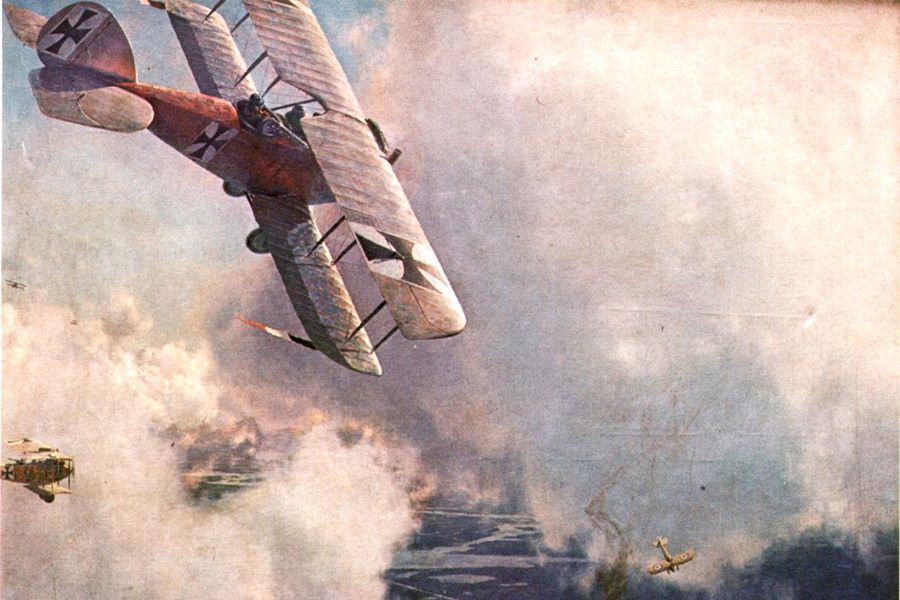Werner Voss, born on April 13, 1897, was one of the most distinguished pilots of German aviation during World War I. Despite his youth, he quickly emerged as a talented pilot and tactician. During his short career, he claimed 48 victories before his tragic death on September 23, 1917.
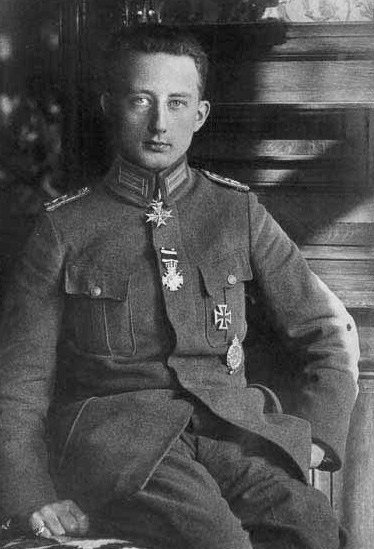
Hailing from Krefeld, Werner Voss was born as the third son of a Prussian industrialist. As war broke out, he initially joined the 2nd Westphalian Hussar Cavalry Regiment, which was deployed on the Eastern Front. Disenchanted with his progress in the cavalry, Voss opted to explore the skies. By August 1915, his request was approved, and in September, he commenced training at a pilot school. His aptitude was immediately evident, and he quickly ascended to the position of instructor at the same school.
However, Voss’s true ascent began on November 21, 1916, when he was assigned a Jasta 2 military aircraft. By December 19th of the same year, he was awarded the Iron Cross First Class for downing two enemy planes. Within weeks, he amassed victory after victory. By April 8, 1917, he had reached 20 victories, earning him the Pour le Mérite, commonly known as “The Blue Max,” the highest Prussian honor of the First World War.
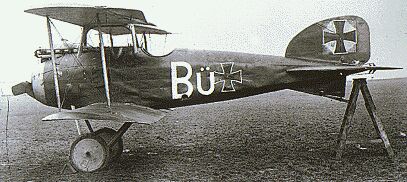
April, which became known to the Allies as “Bloody April” due to significant aircraft losses, saw Voss taking a short leave to celebrate his birthday and visit his family. Although Voss was absent for a significant portion of April, upon his return in May, he continued his impressive flight streak. By May 20, he had achieved 28 victories. That month, he transitioned to a new type of aircraft, the Jasta 5.
In August 1917, Anthony Fokker introduced a new aircraft, the Fokker Triplane. Voss immediately had the opportunity to test it. Alongside Voss, another renowned pilot, Manfred von Richthofen, popularly known as the “Red Baron,” also piloted the Fokker Triplane. On the morning of September 23, Werner Voss achieved his 48th victory.

Werner Voss in Combat: Bravery and Defiance
At just 19 years of age, Werner Voss had become a top pilot known throughout Germany. He was often remembered as a man of fiery temperament. Historians typically describe him as brave, vivacious, and rebellious. There are many stories that support this characterization.
An incident on March 18, 1917, serves as a testament to Voss’s bravery, audacity, adventurous spirit, and restless nature. After shooting down an Allied plane and seeing German cavalry retreating from advancing British infantry in that area, Werner Voss took a daring decision. He landed near the downed Allied aircraft, risking his own life and plane. He then proceeded to remove two machine guns from the enemy plane as trophies, set the aircraft ablaze, and swiftly took to the skies again. In another combat scenario, he attacked an already downed Allied aircraft, wounding two crew members. This act was contrary to wartime customs and rules. Voss later justified his actions by saying he wanted to prevent the crew from destroying the aircraft that had landed on German soil.
But his rebellious nature wasn’t reserved just for the battlefield. Voss often had a disregard for his superior officers and frequently clashed with them. He was known to wear a dirty jacket without insignia while working on aircraft, a deliberate act of defiance towards the officers. On one occasion, he entered into a dispute with the seasoned 31-year-old officer, Franz Walz. During the confrontation, Voss accused him of being unfit to command the Second Air Force. As a result, Franz sought and received a transfer, while Voss faced verbal reprimands.
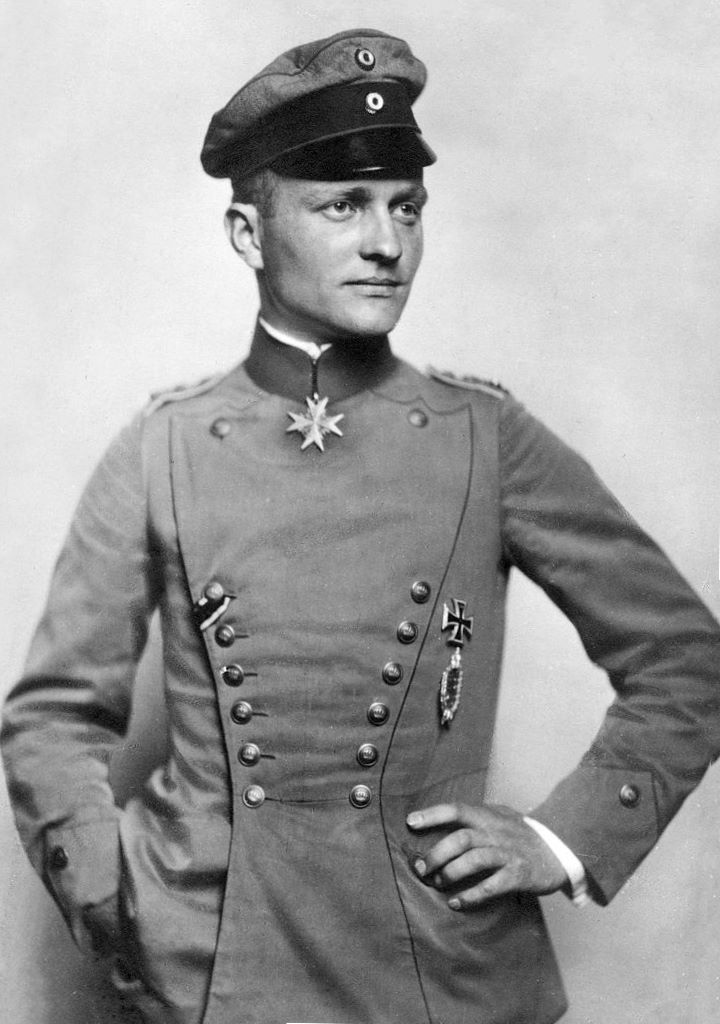
At the time of his death, Voss was only 20 years old. With his 48 victories, he was the second most successful ace, trailing only Manfred von Richthofen, the famed “Red Baron” and a close friend of Voss. Following Voss’s tragic demise, Manfred continued to maintain contact with Voss’s family, a testament to the deep bond they shared.
Final Flight: The Last Battle of Werner Voss
On the very day he achieved his 48th victory, Werner Voss took to the skies once again. Although he shared a close camaraderie with Manfred von Richthofen, the two airmen were concurrently rivals. With Richthofen ahead, Voss was determined to notch up his victories, aiming to reach 50 by dusk. That afternoon, Werner Voss found himself confronted by seven allied pilots. Even though his triplane was faster and had the capability to retreat, Voss boldly chose to engage with the numerically superior force.
The pilots opposing Werner Voss that day were among the Royal Air Force’s (RAF) finest. Included in their ranks were James McCudden (with 57 victories), Arthur Rhys-Davids (25), Richard Maybery (21), Geoffrey Hilton Bowman (35), Reginald T. Hoidge (28), and Keith Muspratt (8).
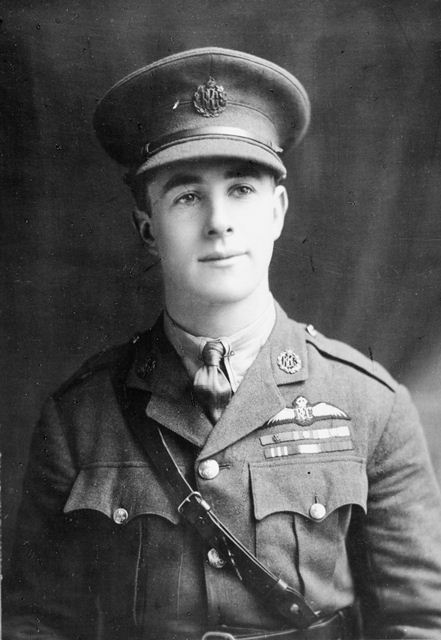
Briefly, another German pilot attempted to aid Voss but was swiftly taken down. Voss managed to force one of the allied pilots out of the fight (though not shooting him down), leaving him alone against six of Britain’s top fliers. He aggressively attacked his adversaries, and despite hitting them multiple times with machine gun fire, failed to inflict any critical damage. The intense dogfight continued for a full 10 minutes. At one point, Voss ceased to maneuver his aircraft, providing Rhys-Davids with an opportunity. Capitalizing on this, Davids fired a burst at Voss’s Fokker, successfully shooting him down.
Voss’s Fokker plummeted behind the allied lines, crashing onto a plum farm in Belgium. Led by Lieutenant Kiegan, British soldiers buried Voss where his aircraft fell. The allied pilots, although their aircraft were damaged in the encounter, managed to return safely to base.
James McCudden, in his memoirs, vividly described his encounter with Werner Voss during that fateful dogfight:
“As I watched, he went east 30 degrees. Then, as we were getting near him, he spun around to the west and fired one long burst at the SE5a above him. All of the Scouts dived on him and a general mix-up ensued below and just west of Poelcapelle, perhaps 1,000 feet below the Huns’ formation. I got behind him and fired a burst, but I was so done that I could hardly keep my head out of the cockpit.”
“As I fired, he did a half roll, and the next thing I could see was his empty cockpit when he was upside down. I was delighted with this, and I shoved the stick back quickly and did a half-roll myself. At this instant, I got a splinter in the eye from my windscreen, but luckily it did not blind the eye, which was cut a bit.”
“I believe I must have gone up to the east, as the next thing I remember was diving very steeply away from the middle of a whole crowd of machines, many of whom were Huns. When I pulled out of this dive at about 1,000 feet, I saw to my surprise and joy 8 enemies below me. All of whom I attacked one after another, instead of climbing and getting into a favorable attacking position. However, I managed, by zooming each time I was below them, to keep out of their sights, and I got in one or two good bursts.”
“Several times a Hun got on my tail, and each time I turned and accepted battle, with the result that after a few seconds, they were through my sights. My two guns were going for all they were worth, and they put down their noses and streaked for Germany, while I streaked after them with the Lewis gun. After a few minutes of this, I noticed a blue-green triplane coming for me, firing from both guns and followed by a red-nosed Albatross Scout. I felt certain they had me, as my Vickers stopped, so I did a quick right-hand spin.”
“This man was Voss, and he did the same as I did. When I flattened out, he was 200 yards below me, and circling to the left. I put in my last drum of Lewis and put the gun on the back of the cockpit. I fired a burst, and then I was wounded in the right elbow, and in the ribs, and a bullet went through my right leg, but I did not notice it at the time. I cleared the jam with my left hand and fired about 30 rounds at Voss, who had gotten on an SE’s tail. I missed him completely, as I could only support the Lewis gun with my poor arm, which was broken in two places. The bone was knocked out of my elbow, and two bullets are in my arm now.”
Historical Challenge: Can You Conquer the Past?
Answer more than 18 questions correctly, and you will win a copy of History Chronicles Magazine Vol 1! Take our interactive history quiz now and put your knowledge to the test!

